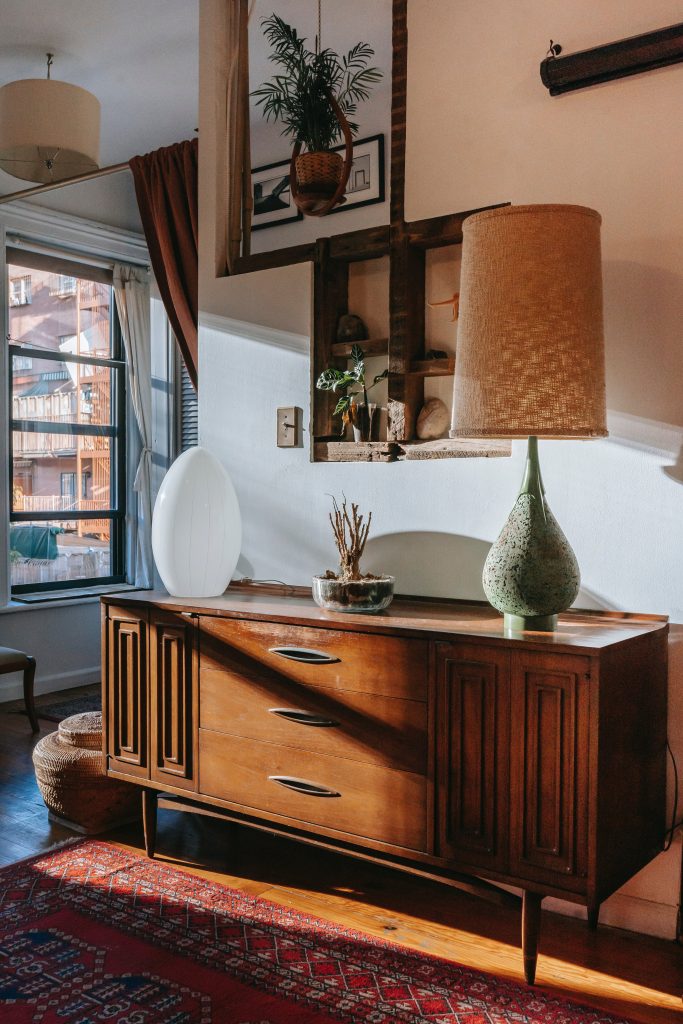Are you looking to revamp your home without breaking the bank? Consider the charm and sustainability of second-hand furniture. From thrift stores to online platforms, hidden gems are waiting to be discovered. In this guide, we’ll explore tips and tricks for smart shopping and creative upcycling to breathe new life into your home decor.

1. Set a Budget: Start by establishing a budget. Second-hand finds and upcycling projects are generally cost-effective, but having a spending limit ensures you stay within financial boundaries.
2. Inspect for Quality: When perusing second-hand options, prioritize quality. Check for solid frames, intact joints, and functional drawers or doors. Avoid pieces with extensive damage that might be challenging to repair.
3. Look for Solid Wood: Opt for solid wood furniture as it is more durable and lends itself well to upcycling. Authentic wood pieces can be sanded and refinished to suit your style.
4. Consider Functionality: Think about how the furniture will function in your bedroom. Consider storage options, size, and design to ensure it meets your needs seamlessly.
5. Embrace Imperfections: Don’t shy away from pieces with minor flaws. These imperfections can often be easily fixed during the upcycling process and might even add character to the finished product.
6. Check for Sturdiness: Test the stability of the furniture. Avoid items with wobbly legs or unsteady structures, as these issues may be difficult to repair.
7. Think Beyond Color: Look past the current color or finish. Upcycling allows you to paint, stain, or refinish the piece to match your bedroom’s aesthetic perfectly.
8. Explore Thrift Stores and Online Platforms: Thrift stores and online platforms are treasure troves for second-hand furniture deals. Keep an eye out for unique pieces at affordable prices.
9. Measure Carefully: Before purchasing, measure the available space in your bedroom to ensure the furniture fits comfortably. Consider doorways and hallways for easy transportation.
11. Negotiate the Price: Don’t be afraid to negotiate the price, especially if you spot any flaws. Many sellers are open to bargaining, particularly in second-hand markets.
12. Check for Odors: Finally, give the furniture a sniff for any unpleasant odors, such as mold or cigarette smoke. Some odors can be challenging to eliminate completely.
By following these tips, you can make savvy choices when shopping for second-hand furniture and embark on successful upcycling projects for your home. Embrace the thrill of the hunt and let your creativity shine as you transform pre-loved pieces into unique treasures that reflect your style and contribute to a sustainable home. Happy hunting and upcycling!

